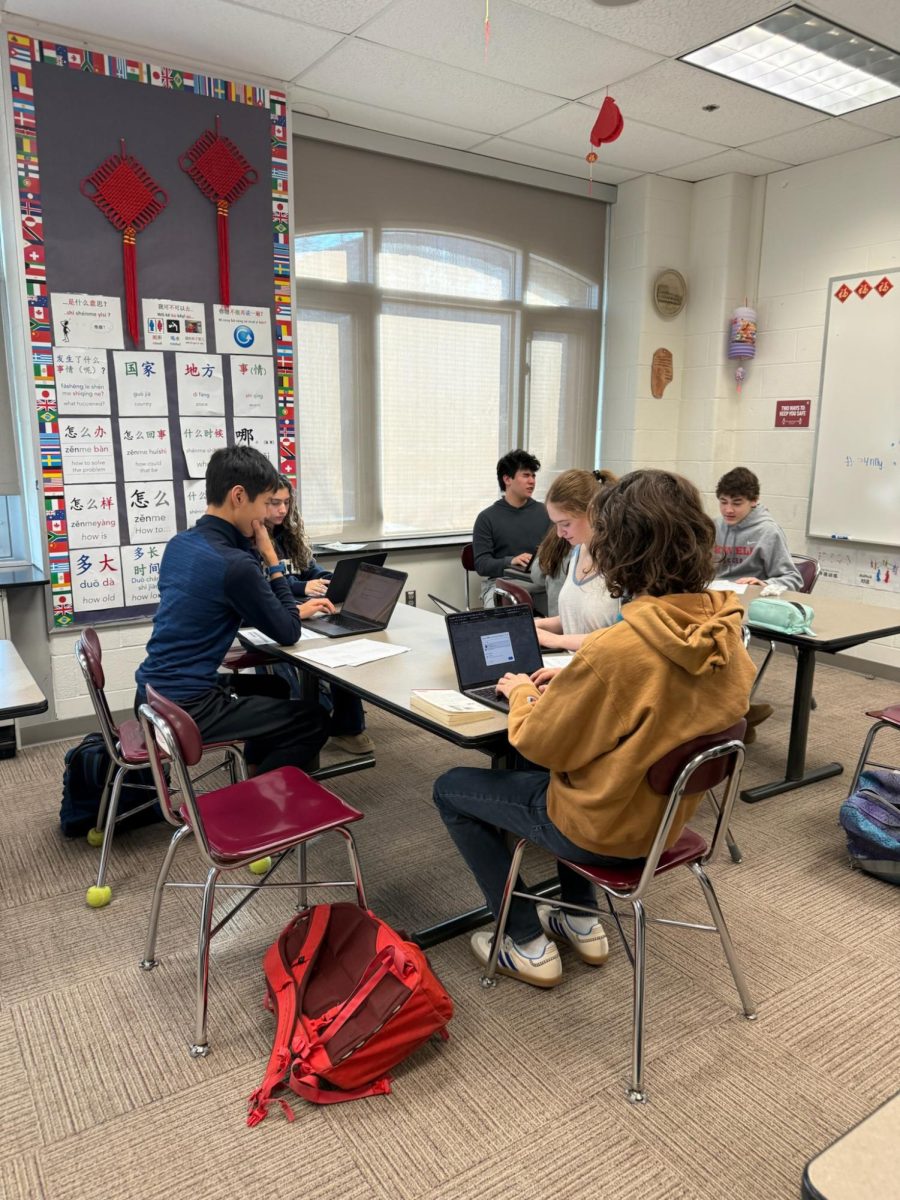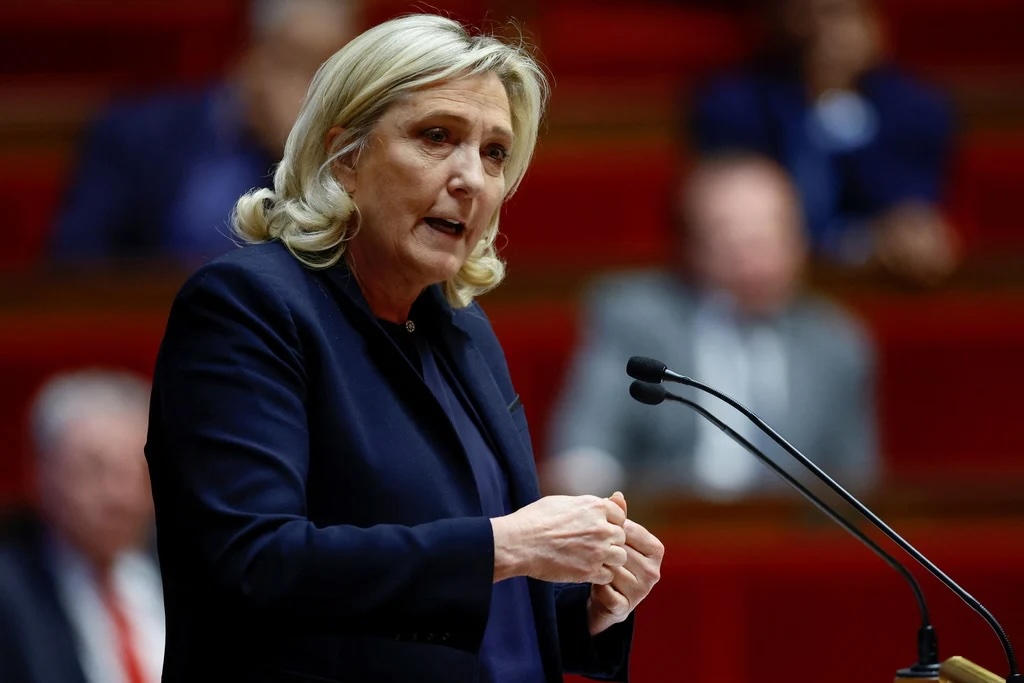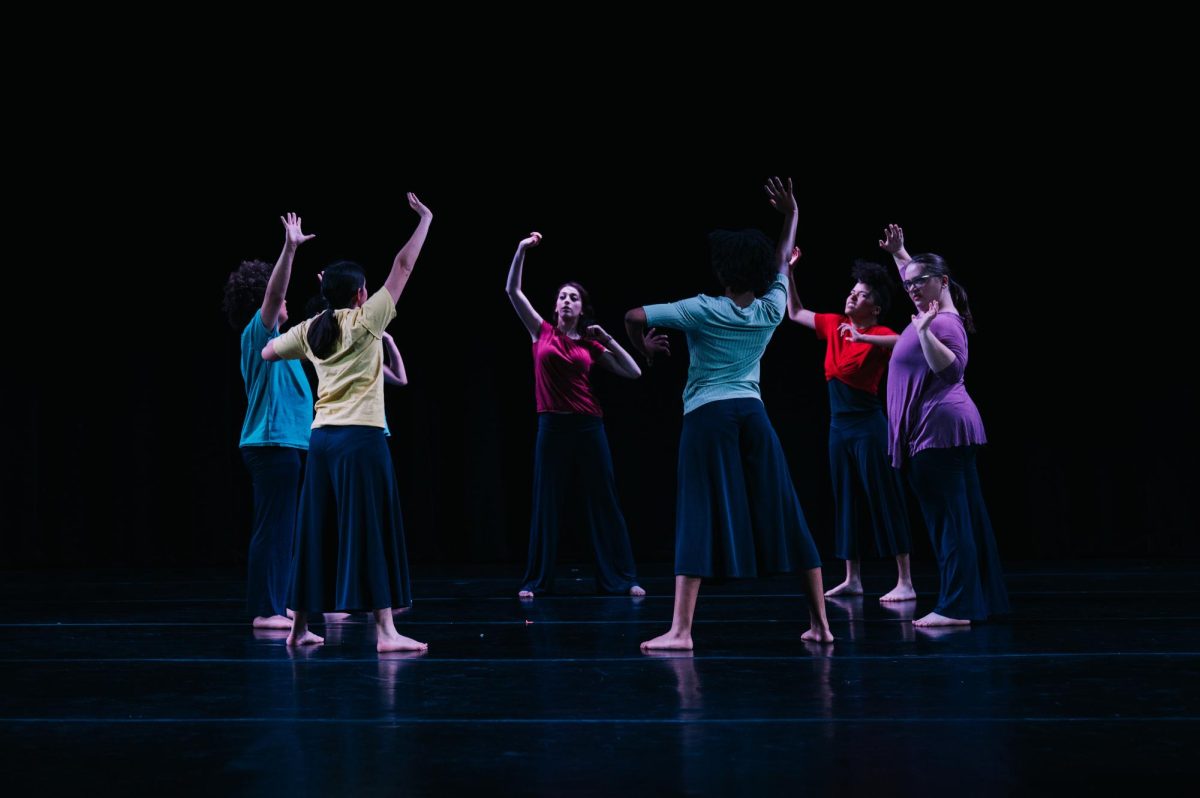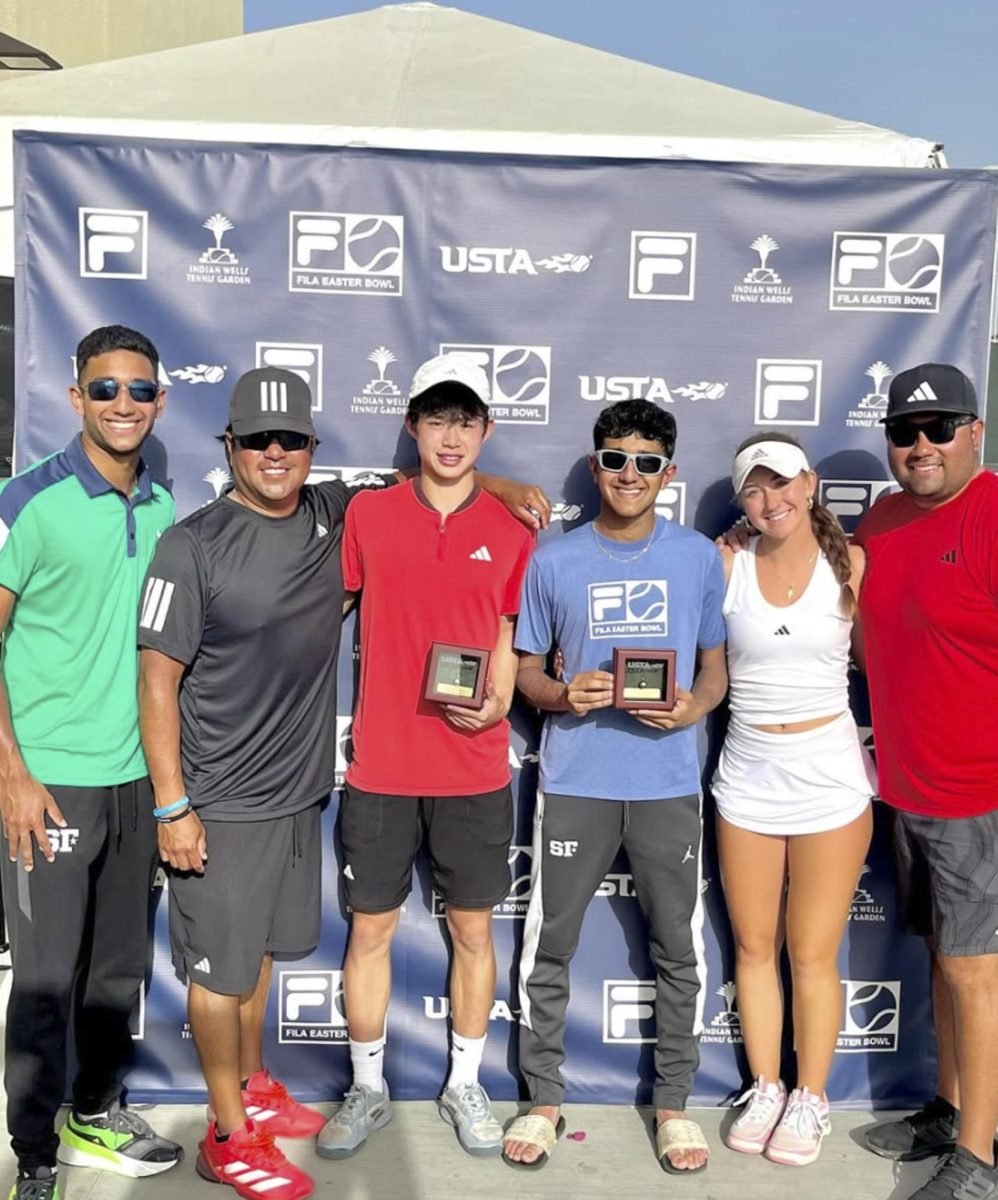Lower School Science Teacher Sam Francis recently hosted her 20th Lower School Science Festival. All Lower School students participate in the festival to interact with various science experiments and are encouraged to tinker and explore each activity to make new observations.
Unlike a science fair, Francis explained that the festival offered students a chance to participate in hands-on work related to different principles rather than using what they have learned to create a demonstration of their own. Francis added that the festival also allowed parents and students to take a large role in organizing the event, allowing the entire Sidwell community to immerse themselves in the science curriculum.
The festival relies on a partnership between the younger and older Lower School students so everyone can participate at their own pace. Each younger student is paired with a third or fourth grader, something Francis said is essential to the event’s success. Before the festival, the third and fourth graders are given an overview of the activity stations in their science class. This way, if partners did not get to all the activities, the older students could interact with the experiments and help the younger students understand the concepts.
According to Lower School Principal Adele Paynter, “For older kids, the buddy program really allows our kids to show their empathy, kindness and care… And for the littles, they just love their older buddies and really look up to them.”
Paynter added that the groups had the opportunity to interact with around 13 stations, starting at an assigned spot. The students could travel to as many activities as time permitted. “I think the science festival highlights the joy in science and the sense of adventure and discovery,” Paynter said.
One extremely popular experiment was the vinegar and baking soda rocket launcher. Students filled two rockets with the same amount of baking soda and two different amounts of vinegar. Once they saw that the rocket with more vinegar flew higher, parent volunteers pushed students to think about why this outcome occurred. They also discussed the chemical reactions between vinegar and baking soda that create carbon dioxide. This allowed the students to deepen their understanding of chemistry, biology and physics, according to Francis.
The Science Festival is only 50 minutes long, so students rarely get to see everything. Since the start of the festival, Francis has offered around 43 different activities so the returning students get to try something new each time.
Some of the core concepts and activities return every year. Francis shared, “There are stations that require gross motor skills … there is always one obnoxious noise maker craft and something that is tricky to put together … there is always a color chemistry station and a carbon dioxide rocket station.” Francis likes to make sure that there is a balance between take-home projects and experiments at Sidwell. Occasionally, she also has a theme for the festival, such as the “sounds of science” or “make it work.”
All demonstrations are through interaction and observation, never lecturing. The festival piques the students’ creativity, collaboration and curiosity.. “I have designed it to be that way. If you end on a high note, the memories are good, and the desire to do it again is strong,” Francis said.
According to Francis, the experience has been a highlight in the Lower School Students’ year and a time of exploration and interaction across all grades. Francis concluded that the forming o f connections between younger and older students and the time for community create a fun and memorable event.









































